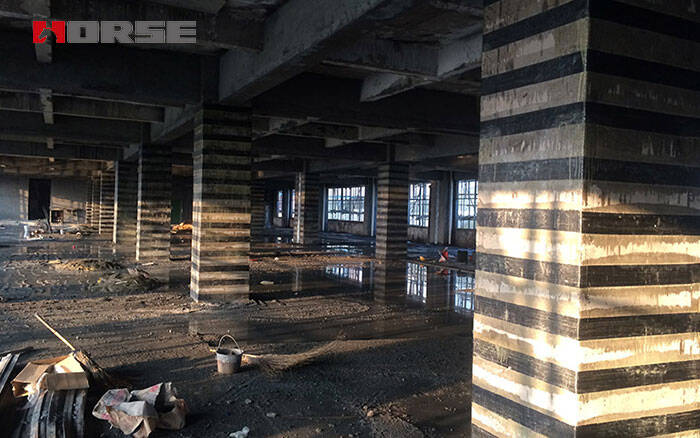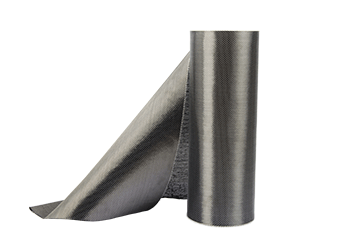Solutions
Horse Construction offers full range of structural strengthening materials with technical supports, documentation supports, products supports, project supports.
Strengthening RC Column With Carbon Fiber Reinforced Polymer
The average service life of civil engineering structure design is more than one hundred years. Nevertheless, there are several types of diseases that can shorten the duration of life expectancy. Currently, there are several structures that need to be maintained to ensure the safety of users.
In civil engineering, the maintenance of structures includes protecting them by limiting corrosion or ensuring a good seal, exploring and repairing them to compensate for resistance loss due to cracking, and further strengthening them by improving the durability and performance of the structure.
The maintenance of the structure is an increasingly annoying problem because of the high cost of the new structure and more difficult maintenance. There are several techniques available, the most effective of which is to repair reinforced concrete structures through external steel placement. However, considering the weight and corrosion of the steel plate, the treatment of the steel plate has restricted the use of this technology.

In the past ten years or so, an option has been taken: It involves repairing or strengthening concrete structures and sticking composite materials to the outside of damaged structures. Composite materials, especially carbon fiber-based composite materials, have great advantages in repair.
In addition, although these materials are expensive, they have economic advantages because they are easy to install and are directly completed on structural elements through contact molding, or direct lamination. This has resulted in a significant reduction in the costs associated with the interruption of structural repair activities and is still related to material handling.
Composite materials in the field of civil engineering are used for the repair and reinforcement of structural members such as plates, beams, and columns. The first research on composite reinforcement technology in the field of civil engineering began in 1980, but the technology was first used in 1990, first by experiment and then by commercialization.

The enclosure of the concrete pole is made of composite materials, and the outer shell can be based on aramid, glass or carbon fiber. Applying these envelope structures to columns can improve the containment of concrete, as well as its compressive strength and ductility.
Most of the damage in concrete engineering is caused by construction defects of structural members. Although there are several reasons for the need to strengthen the structure, we can cite for example: the renovation of the old structure, the increase in structural stress, the change in the shape or use of the structure, etc.
The repair or restoration of the columns has led to the exploration of new reinforcement techniques based on known techniques. Compared with steel linings, the advantages of using composite linings are easy installation and improved durability.
You can find anything here you are in need of, have a trust trying on these products, you will find the big difference after that.

High strength, unidirectional carbon fiber wrap pre-saturated to form a carbon fiber reinforced polymer (CFRP) wrap used to strengthen structural concrete elements.

High strength, unidirectional carbon fiber fabric pre-saturated to form a carbon fiber reinforced polymer (CFRP) fabric used to strengthen structural concrete elements.

High strength, unidirectional carbon fiber sheet pre-saturated to form a carbon fiber reinforced polymer (CFRP) sheet used to strengthen structural concrete elements.